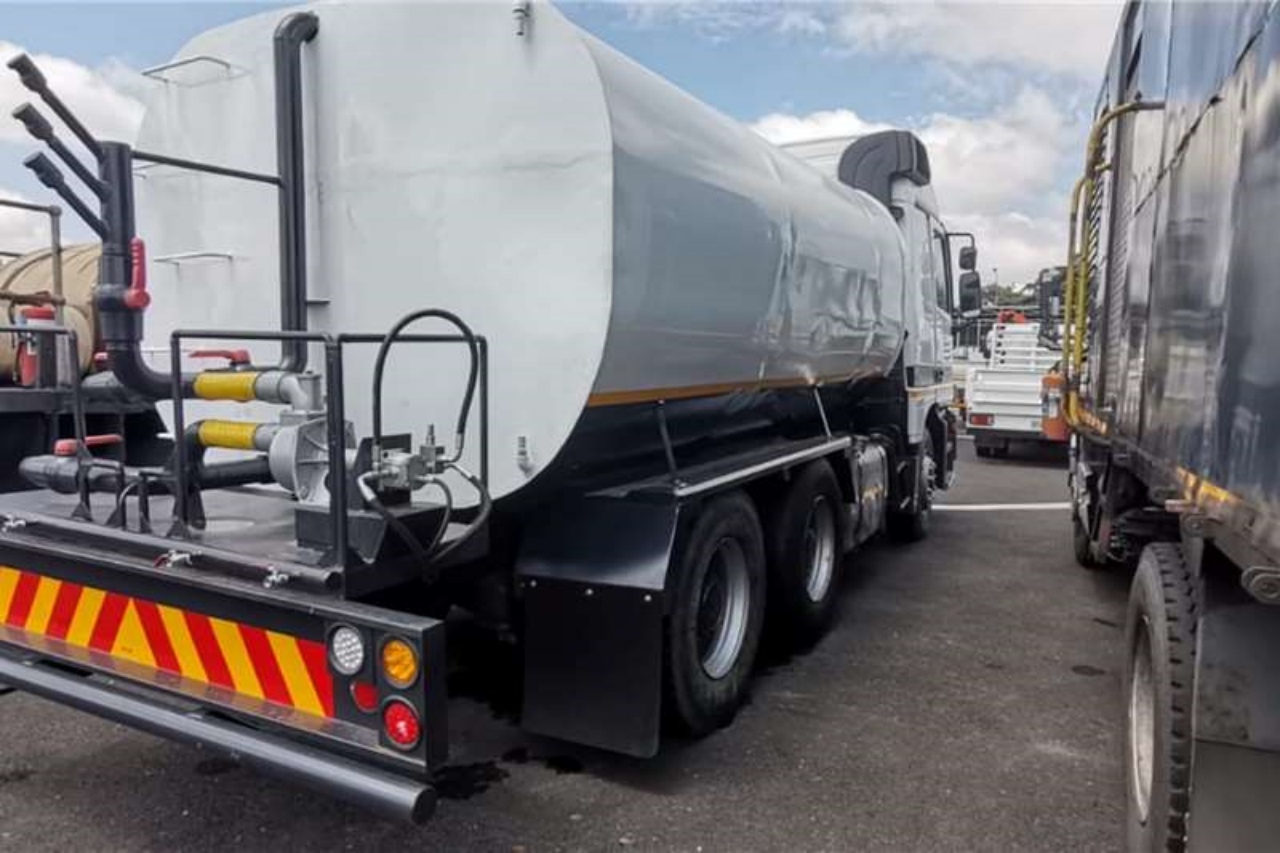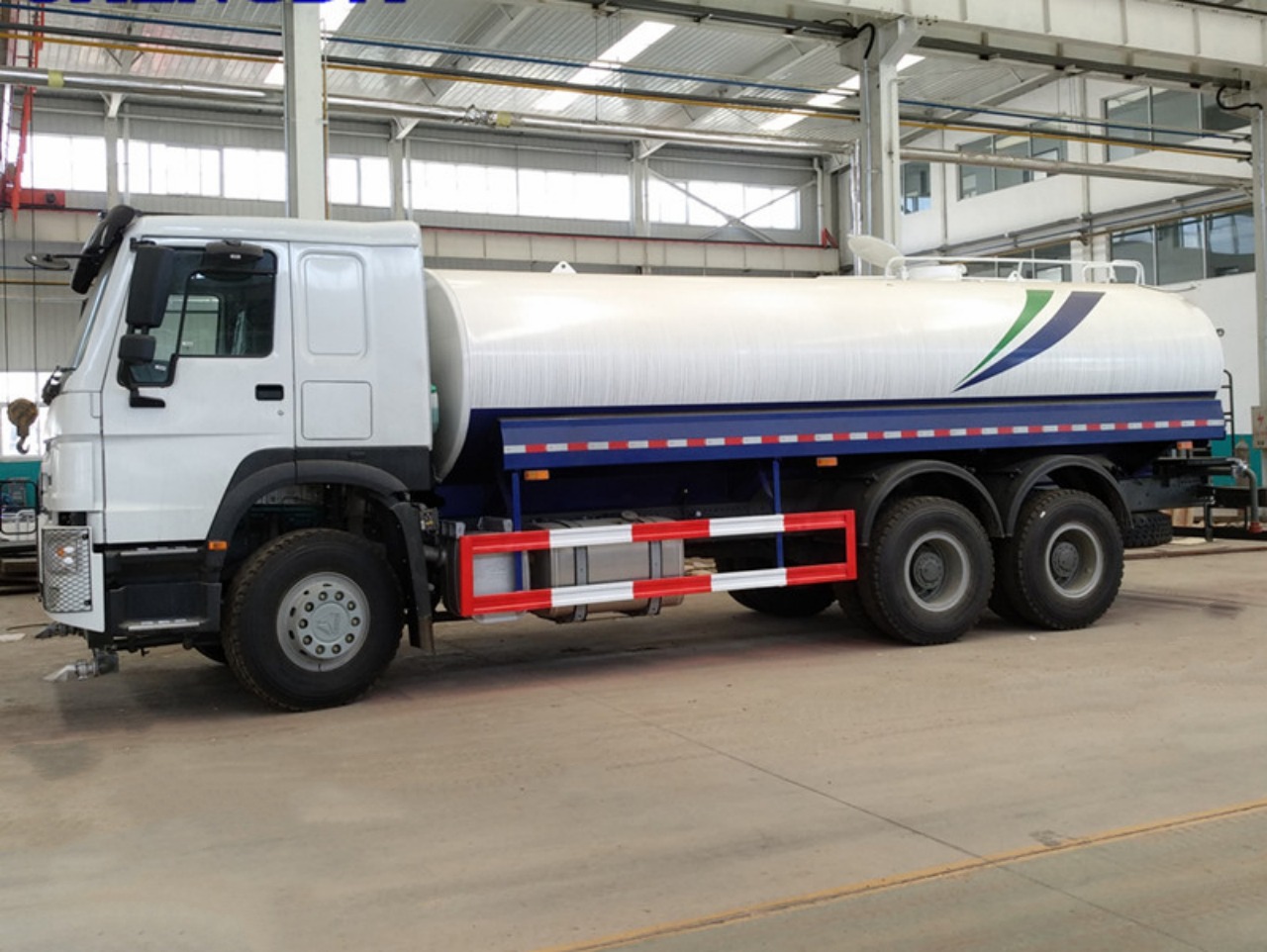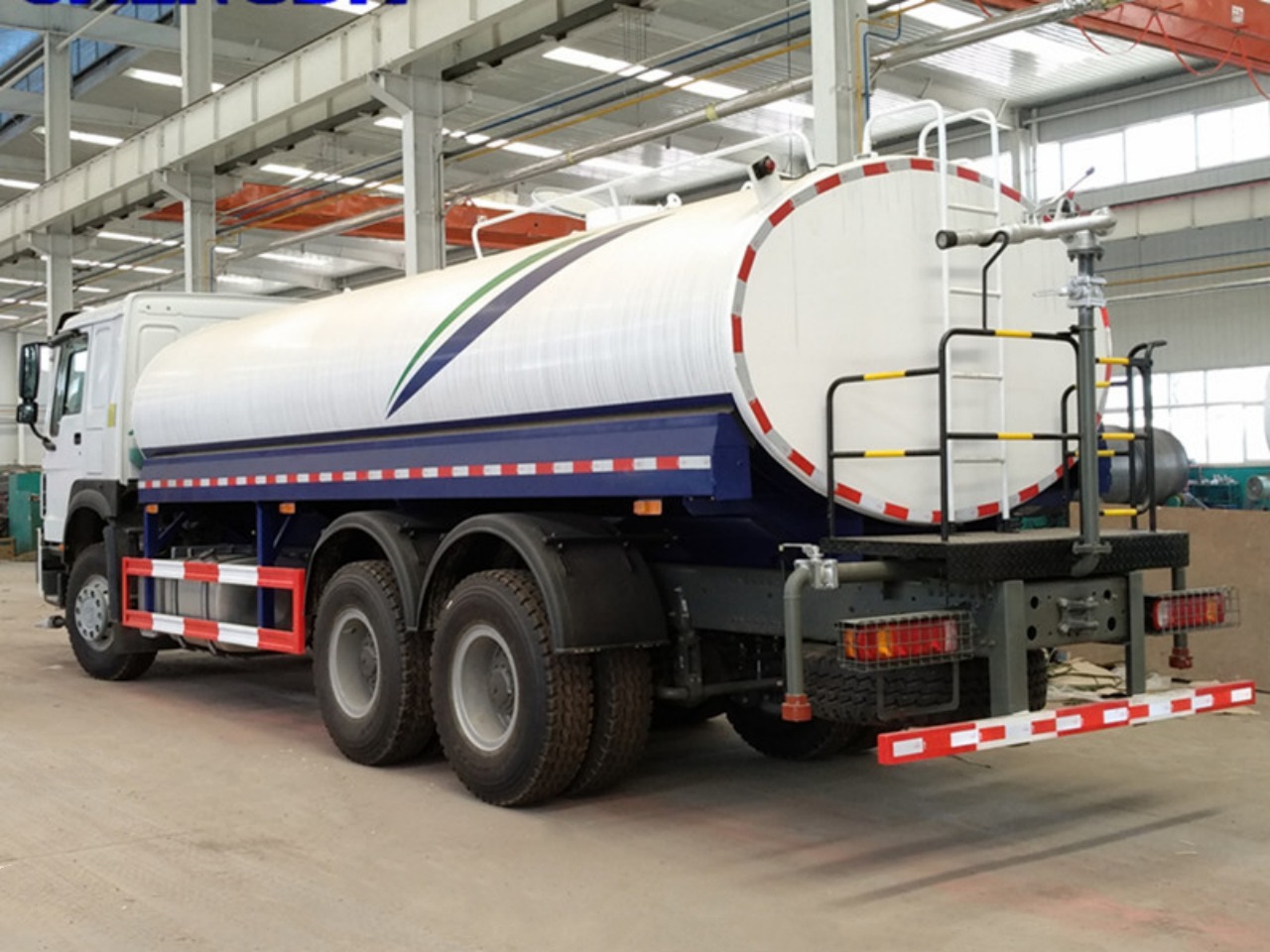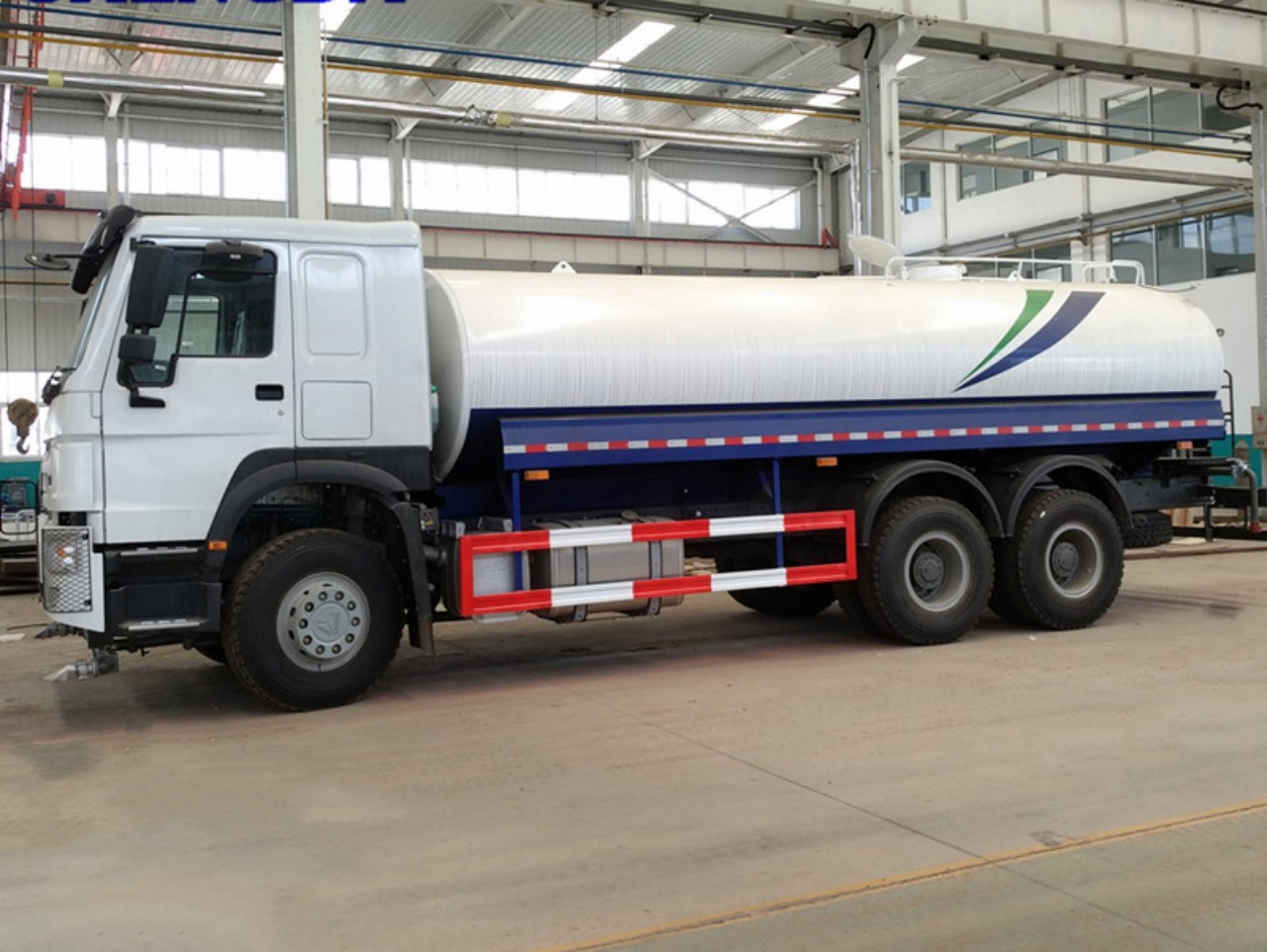A water bowser is a versatile and essential piece of equipment used across a wide range of industries and environments. Essentially, a water bowser is a mobile water tank, usually mounted on a trailer or a truck, that is designed to store, transport, and dispense water. Its utility extends from construction sites and agriculture to firefighting, public events, and emergency services. This article explores the various uses of a water bowser, detailing its importance, configurations, and benefits in both commercial and community settings.
1. Definition and Overview
A water bowser—also known as a water tanker or water cart—is typically a robust tank made from steel, polyethylene, or stainless steel. It is mounted on a chassis, which can be towed by a vehicle or integrated into a truck body. These units come in a wide range of capacities, from small towable bowsers (about 250–2000 liters) for light-duty tasks to large-capacity truck-mounted bowsers exceeding 18,000 liters for heavy-duty industrial applications.
Water bowsers are usually equipped with pumps, hoses, and spray bars that allow for controlled water distribution. Some models come with features such as filtration systems, baffled tanks to reduce sloshing during transport, and pressure regulators.
2. Primary Uses of a Water Bowser
a. Construction and Dust Suppression
One of the most common applications of water bowsers is in construction and civil engineering. When construction activities generate dust, especially in dry environments, water bowsers are deployed to spray water across surfaces, helping to control dust levels. This not only maintains visibility and safety on-site but also helps companies comply with health and safety regulations regarding air quality.
Additionally, water bowsers are used for soil compaction, where dampening the ground helps in achieving the desired soil density before laying foundations or roads.
b. Agriculture and Irrigation
In agriculture, water bowsers play a vital role in providing irrigation to crops and plants, especially in regions where water sources are not readily accessible. Farmers use them to transport water to remote fields and orchards. They are also used to supply drinking water for livestock, especially during drought conditions or when animals are moved to areas without permanent watering facilities.
Mobile irrigation via water bowsers is particularly useful in managing water distribution efficiently, reducing wastage, and enabling precision watering for specific crop areas.
c. Firefighting and Emergency Water Supply
Water bowsers are an important asset in firefighting, especially in rural or remote areas where access to hydrants or natural water sources is limited. Equipped with high-pressure pumps and hoses, firefighting bowsers can quickly deliver water to control grassfires, forest fires, or structural blazes.
They are also utilized by emergency services and disaster response teams to deliver clean drinking water to communities affected by natural disasters like floods, earthquakes, or droughts, where water infrastructure is damaged or contaminated.
d. Municipal and Civil Services
Local governments and municipal councils often use water bowsers for various public works and sanitation tasks. These include street cleaning, watering roadside plants and trees, and supplying water for the maintenance of public parks and green spaces. Some units may also be equipped with spray bars to wash roads, pavements, and public squares.
In addition, during water shortages or when planned maintenance requires shutting off a community’s water supply, councils may deploy bowsers as a temporary potable water source for residents.
e. Event and Festival Support
At large outdoor events such as music festivals, marathons, and exhibitions, water bowsers serve a critical function in ensuring there is an adequate supply of drinking water and sanitation services. They support portable toilets, handwashing stations, and sometimes even food vendors.
In hot climates or during summer events, bowsers may also be used to spray fine water mist to help cool down crowds, enhancing comfort and reducing the risk of heatstroke.
f. Industrial and Mining Applications
In the mining and industrial sectors, water bowsers are employed for dust suppression, cooling equipment, or washing down machinery and roads within the site. Mines and quarries often operate in dusty and remote locations, making water bowsers indispensable for maintaining operational and environmental standards.
3. Types of Water Bowsers
Water bowsers can be broadly categorized based on their intended use:
- Site bowsers – Non-potable, robust units used for dust suppression and construction.
- Highway bowsers – Road-legal bowsers fitted with lights, brakes, and reflective markings.
- Potable water bowsers – Made from food-grade materials and designed for carrying drinking water.
- Towable bowsers – Can be attached to vehicles like ATVs, tractors, or pickups for flexible transport.
- Static bowsers – Stationary units used for on-site storage where mobility is not required.
Each type is designed with specific safety and regulatory requirements in mind, particularly when used for potable water or in public areas.
4. Advantages of Using a Water Bowser
- Mobility: Water bowsers can access locations where fixed water supplies do not exist.
- Efficiency: They enable targeted use of water, minimizing waste and maximizing effectiveness.
- Versatility: One unit can be used across a variety of tasks and industries with minor adaptations.
- Emergency Preparedness: Bowsers offer critical support during emergencies and disaster relief operations.
- Cost-Effective: Reduces the need for permanent infrastructure in temporary or remote operations.
5. Considerations When Using a Water Bowser
When selecting or using a water bowser, several factors must be considered:
- Tank Capacity: Must match the needs of the job while remaining within vehicle weight limits.
- Type of Water: Potable or non-potable water use requires different materials and compliance.
- Pump Type: Gravity-fed, pressure pump, or PTO-driven pumps each have their advantages.
- Terrain and Access: For rough terrain, off-road wheels and strong axles may be necessary.
- Legal Compliance: For highway use, bowsers must meet roadworthiness standards and have appropriate licensing.
Conclusion
A water bowser is more than just a mobile water tank—it’s a multi-functional tool that supports vital operations across construction, agriculture, firefighting, public services, and event management. Its ability to transport and dispense water reliably, even in the most challenging environments, makes it an indispensable resource in both planned operations and emergency scenarios.
From suppressing dust on a building site to delivering clean water in times of crisis, water bowsers continue to play a crucial role in ensuring public health, environmental safety, and operational efficiency across the globe. As infrastructure demands grow and climate unpredictability increases, the importance of mobile water solutions like water bowsers is set to rise even further.





